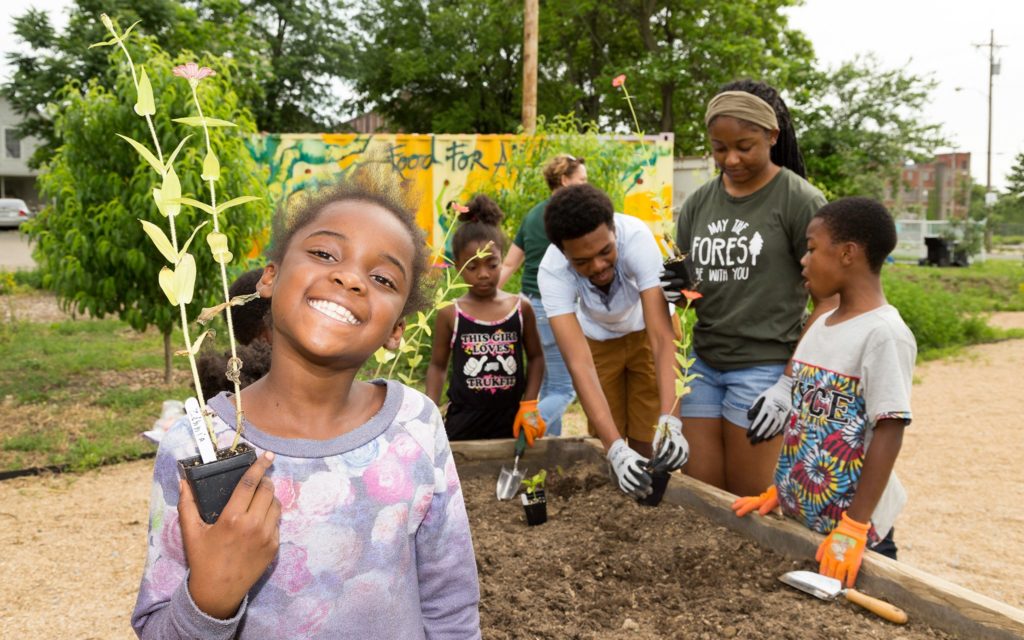Four generations of my family live in one neighborhood. Let me break that down for you! My family lives within a half mile of my wife’s parents, and they live within another half mile of our children’s great-grandfather who is in a senior apartment/nursing facility.
I guess I took our rare, multigenerational neighborhood for granted—that is until COVID-19 hit. While we couldn’t visit the patriarch of our family face to face, we could at least take a walk down the street and communicate with him through the window.
The only reason our family was able to maintain that all-important human connection is because of a diversity of housing types in our Louisville neighborhood that provides places to live for young families, retirees and seniors alike.
This ability to have different housing types in close proximity to one another allows social networks to be much stronger. And, during a pandemic, it is more important than ever to have strong social networks.
The value of this social infrastructure got me thinking about land use and physical infrastructure, and how we plan our cities, to a large extent, determines how resilient they are—and not just in terms of the built environment but also when it comes to the human condition.
The coronavirus pandemic has not only sparked a debate about how cities should be planned in the future, but has also exposed many inadequacies and inequities in our current infrastructure. In this post, I explore a few of these and possible solutions as we look to a post-COVID-19 world.
From Nice to Have to Need to Have
Landscape architects have always been fighting for more and better open spaces as well as greener streets. This is especially true when it comes to our parks, which have seen a huge spike in visitation since the advent of COVID-19. In fact, we should no longer consider a park an additional amenity that is simply nice to have. Parks are essential infrastructure.
We need to invest in our parks and green spaces not only to help improve our physical, mental and emotional health, but to strengthen our communities. If we don’t, there’s a chance that in our “new normal” many people won’t have anywhere to go for much-needed respite, exercise and socialization.
And, as there are current inequities in the distribution of this green infrastructure in many cities, we need to work to ensure that all neighborhoods have ready, safe access to parks—regardless of ZIP code or other socioeconomic factors.
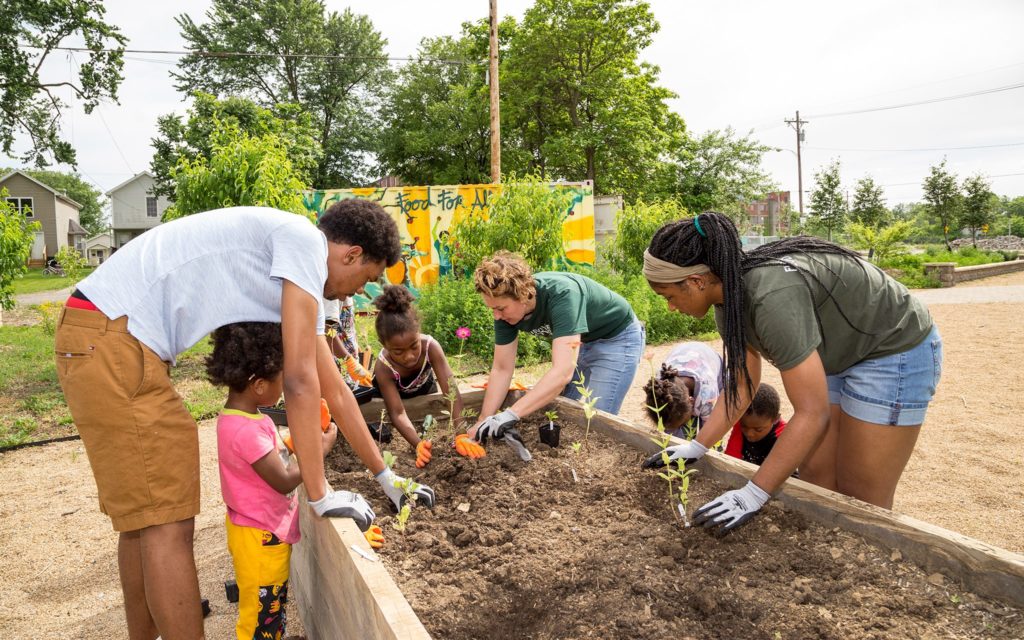
Produce Park, Louisville, Kentucky.
Making the Most of What We’ve Got
Getting more use out of our existing infrastructure in the new normal will also be critical. For example, allowing streets to be more flexible and functional. Let’s take a look at sidewalks.
In 2020, the term “social distancing” became a part of our vernacular. But what if a sidewalk is only 6 feet wide? In some cases, some sidewalks are barely 4 feet wide. In fact, my wife and I have actually been pushed into the street with our baby’s stroller many times where there wasn’t enough sidewalk space. So, just imagine what this is like for those of us who rely on accessible sidewalks every day.
When planning our cities, we need to move beyond meeting minimum standards and begin setting a new standard to equip streets—our most important public spaces for social distancing practices—and consider reclaiming street space for pedestrians.
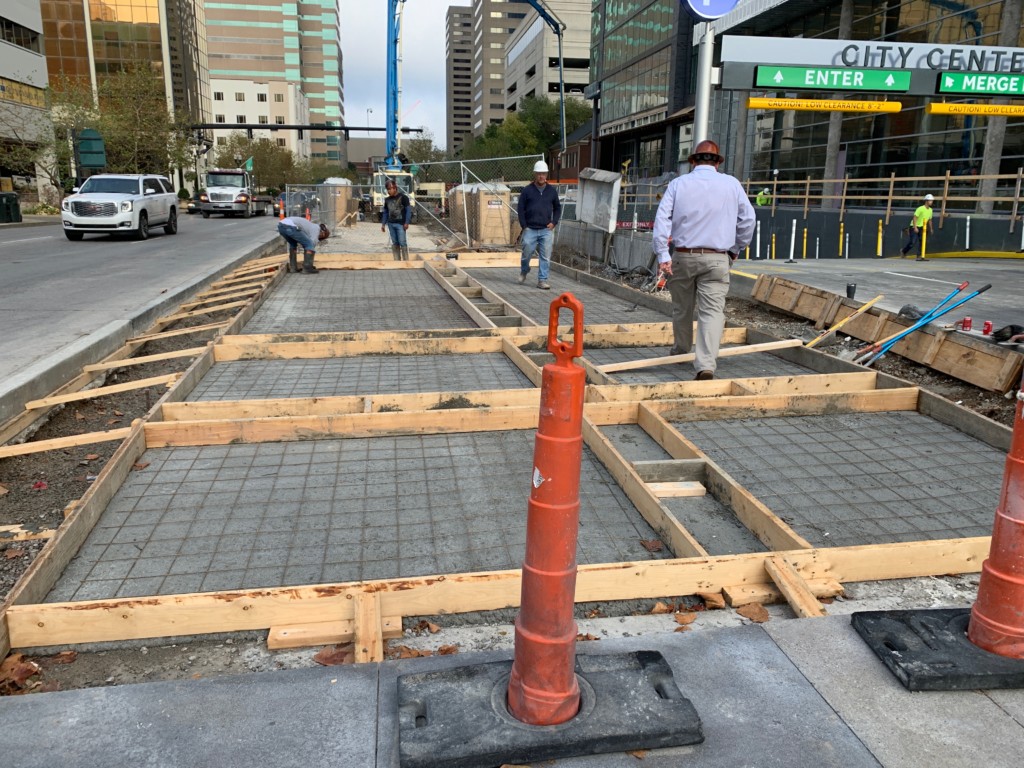
Connecting downtown Lexington, Kentucky, to many diverse neighborhoods, Town Branch Commons (shown here under construction) features generous pedestrian and bike facilities.
From Parking Spaces to Social Spaces
Few planners would argue that one of the least efficient land uses of all is parking. Why? Because it takes up an enormous amount of real estate per person and provides minimal economic benefit. In fact, parking actually costs our communities due to the impacts on stormwater, air quality and urban heat islands.
One major change I’ve seen due to COVID-19 is cities and restaurant owners across the U.S. turning to underutilized parking spaces as an opportunity to expand their footprint and offerings. Designers have been trying to do this for years, often at odds with transportation engineers because of safety concerns, and business owners who feel that parking is a key determinant of financial success.
The coronavirus pandemic, however, has pushed municipalities to think outside the box. And it’s working, with many businesses asking for their expanded footprints into parking spaces to be made permanent.
Although this recent trend is aimed at creating more outdoor spaces to help bring diners back to restaurants in a safe way, the principle of better utilizing public spaces remains the same.
I wish this represented a long-term shift. But I recently heard former United States Transportation Secretary Ray LaHood say that these current changes were only of a temporary nature and that he expects things to return to the way they were pre-COVID-19. The former congressman believes this is because people are currently motivated to be innovative for everyone’s safety as it relates to the virus.
If we are willing to innovate for safety for the greater good during a pandemic, then why wouldn’t we always do that? Especially as the streets in our most vulnerable communities are well documented as unsafe—even deadly—public spaces.
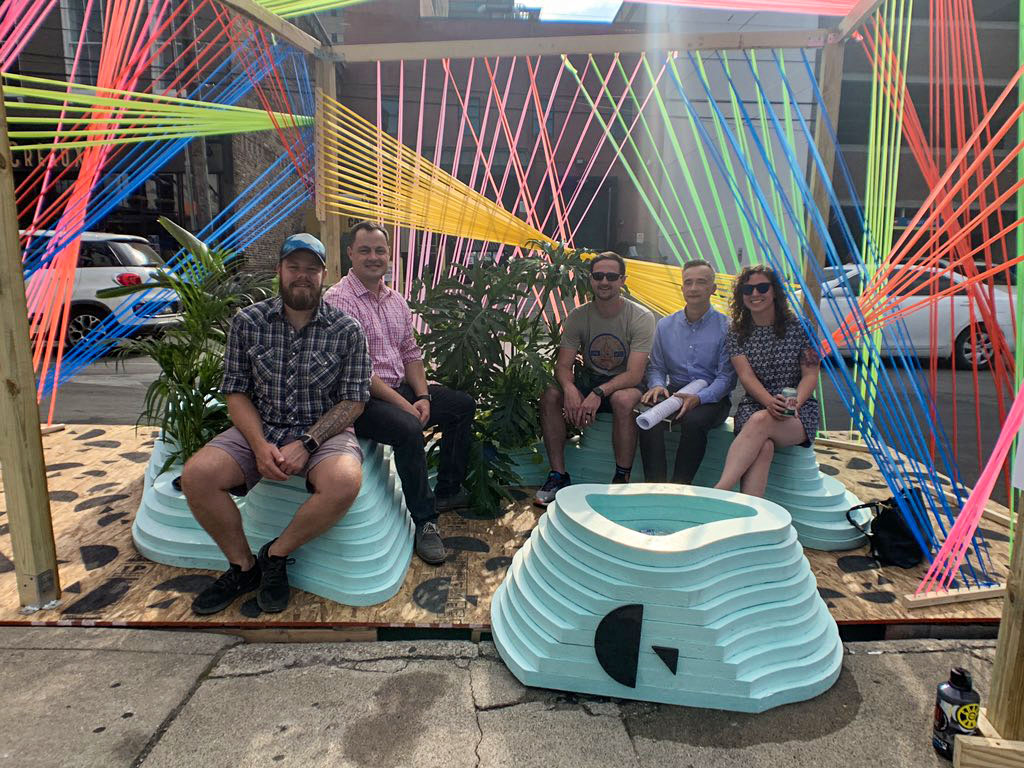
Streets can be reimagined as public spaces. To help raise awareness, Gresham Smith participates in Lexington’s PARK(ing) Day—an annual, global event where citizens collaborate to transform metered parking spaces into temporary public spaces.
Building Resilient Public Transportation Infrastructure
As the coronavirus crisis unfolded and the world went into lockdown mode, many cities were forced to significantly cut their public transportation services, with a disproportionately large number of essential workers still dependent on public transit.
With a steep decline in overall ridership, cities across the globe have been forced to adapt their streets to address the rapidly changing needs in their communities. Our collaborator, Mike Lydon, founder of Street Plans, joined forces with the National Association of City Transportation Officials (NACTO) to develop Streets for Pandemic Response and Recovery.
Mike has been following community responses worldwide and has seen firsthand that in New York City and New Jersey, for example, more people have turned to cycling to minimize their exposure to COVID-19 on the subways, prompting a surge in biking. In response, both cities have been building dedicated bike facilities and allocating more road width for cyclists.
Ultimately, planners need to consider one important question when it comes to public transportation infrastructure: How do we build a system that’s resilient and provides equitable, safe and accessible transportation choices—even to those who face the most challenges? Food for thought.
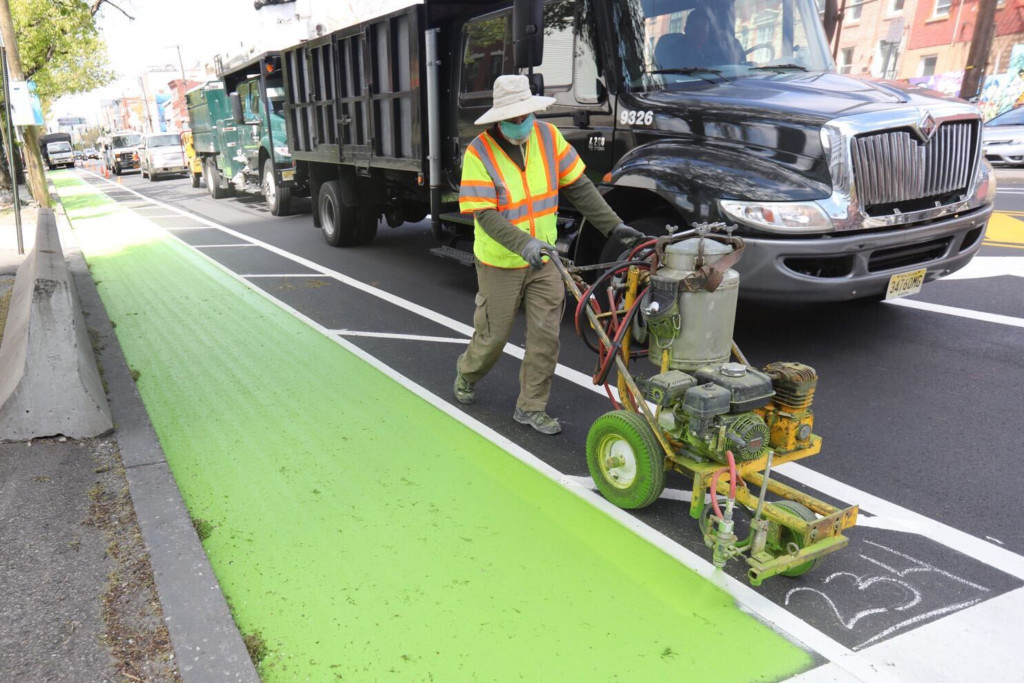
In response to COVID-19 and a steep decline in overall ridership, New York City and New Jersey have been building dedicated bike facilities and allocating more road width for cyclists. Credit: Jersey City Division of Planning.
Let’s Not Waste This Hard-Learned Lesson
As I write this blog post, tragically, more than 612,000 people have died worldwide due to COVID-19. This hard-learned lesson, at the cost of our families, friends and others, must not be wasted. Moreover, we should take the lessons we are currently learning and continue to innovate with people as our No. 1 priority.
As designers, we should help develop (and as citizens we should demand) new opportunities to creatively adapt our communities—whether it’s providing better pedestrian infrastructure in communities that need it most for social distancing, or providing more public parks with equitable access from diverse communities where we should be developing land-use policy that strengthens both familial and social connections.
When envisioning a post-pandemic world, communities across the globe will be challenged with reimagining their public spaces. We must recognize that these ideas, if developed in concert with the people who are the most impacted, can have far-reaching positive effects in the long term.
Perhaps the answer lies in taking a more holistic approach to site/urban planning that combines all types of infrastructure—from green to blue to gray—to better support a community’s overall health, well-being and resiliency.
